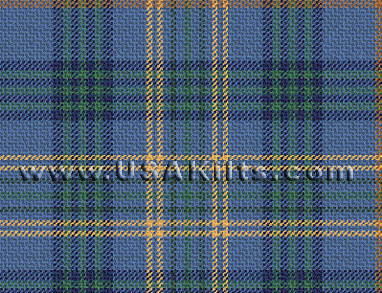Fermanagh
Select
- Mill: HOE
- Weight: 13 oz.
- Known Septs Include:
Names prominent in this county include: Acheson, Alinion, Auley, Bannon, Banon, Big Ger, Boylan, Branagan, Breslin, Casey, Cassidy, Cole, Connolly, Connoly, Conolly, Corcoran, Corcoran, Corrigan, Corry, Crozier, Devine, Entaggart, Flanagan, Gilroy, Goldrick, Guire, Hussey, Keenan, Linnegar, MacAlinion, MacAuley, MacCorry, MacEntaggart, MacGilroy, MacGoldrick, MacGuire, MacManus, Maguire, Manus, Maquire, McAlinion, McAuley, McAuley, McCaffrey, McCorry, McEntaggart, McEntaggart, McGarrahan, McGillinen, McGilroy, McGoldrick, McGrath, McGuigan, McGuire, McManus, McTiernan, Muldoon, O'Casey, O'Flanagan, O'Gorman, O'Luinin, O'Scanlon, O'Bannon, O'Breslin, O'Cassidy, O'Connolly, O'Corcoran, O'Devine, O'Hussey, O'Keenan, O'Linnegar, O'Muldoon, O'Scanlan, Scanlan, Tully
- Notes:
Once part of the historical Kingdom of Ulster, Fermanagh has an ancient history and an enduring sense of the otherworldly. Still very much a county defined by its lakes --or loughs in Gaelic-- remnants of Bronze Age settlements still dot the basin of the Erne River. Early Christian missionaries followed in the footsteps of their Druid predecessors and established settlements on the islands that dot Lough Erne. Beginning in the 1600s the men and women of Fermanagh began to emigrate in ever increasing numbers. Many made their way to North America leaving behind forever the waterfalls and lakes of Ireland’s Lake County. - notes by Sarah Nagle
One of a series of Irish District tartans designed (and copyrighted) by Polly Wittering of the House of Edgar in 1995. This is not an 'officially sanctioned' District tartan but has proven popular.
